As the art world makes en masse for Maastricht, it’s worth casting an eye across the Low Countries for the range of events and exhibitions within striking distance of TEFAF. Here is our pick of fairs and museum shows in the region.
In Maastricht itself, the Bonnefantenmuseum holds exhibitions of the contemporary Dutch artists Jan Hendrix (until 26 April) and Mark Manders (until 24 May). The latter includes sculptures and installations dating from the 1980s to the present, revealing how Manders has continually revisited his earlier work in order to break new ground, while Hendrix’s images of coastline views tease out the links between colonialism and the study of natural history.
The 13th-century St Jan’s Church in the Vrijthof again hosts the Maastricht Antiquarian Book & Print Fair (6–8 March). A special exhibition on the theme of travel and discovery, ‘On Expedition’, has been arranged by Maastricht University, featuring Renaissance depictions of the Holy Land alongside later colonial prints. Likewise, among the specialist booksellers taking part in the fair’s 13th edition are to be found records of exploration. De Vries offers a map of the southern hemisphere showing the voyages of Captain Cook, engraved by Cornelis van Baarsel of Utrecht in 1799. Laurentius, meanwhile, brings a French illustration of bamboo plants in India and a charming 19th-century etching of a Japanese inkwell in the shape of a frog bearing its young upon its back.
Guus Röell hosts his annual Fine Art Open House at his home on the Tongersestraat (4–15 March). This year, the collector of art, furniture and antiques from across the world has partnered with Dickie Zebregs, a specialist in Victorian taxidermy and Wunderkammer curiosities. Dolf D. van Omme returns again as guest exhibitor, with a range of European paintings from the 19th and early 20th centuries. Röell’s nightly collectors’ dinners run from 5–14 March; places can be reserved by contacting the host.
Just over the German border, two museum shows in Aachen look at the aftermath of the Second World War – the Centre Charlemagne explores life in the city in 1944–45, after it became the first German city to be liberated by Allied troops (until 8 March), while the Couven Museum looks at creativity born of deprivation (until 29 March). Further afield, there are two fairs in Brussels to look out for. Eurantica is at the Brussels Expo from 26–29 March, with around 100 exhibitors bringing Flemish masters, modern paintings and jewellery, while Collectible – Europe’s only art fair dedicated to 21st-century design – holds its third edition at the Vanderborght Building from 5–8 March.
Beethoven: World. Citizen. Music
Bundeskunsthalle, Bonn
Until 26 April
The first of a number of celebrations marking the 250th anniversary of the great composer’s birth, this display includes paintings, musical instruments and handwritten scores, revealing both how Beethoven went about the act of composition, and how his music reflected the changing tastes of bourgeois society in Vienna in the late 18th and early 19th centuries.
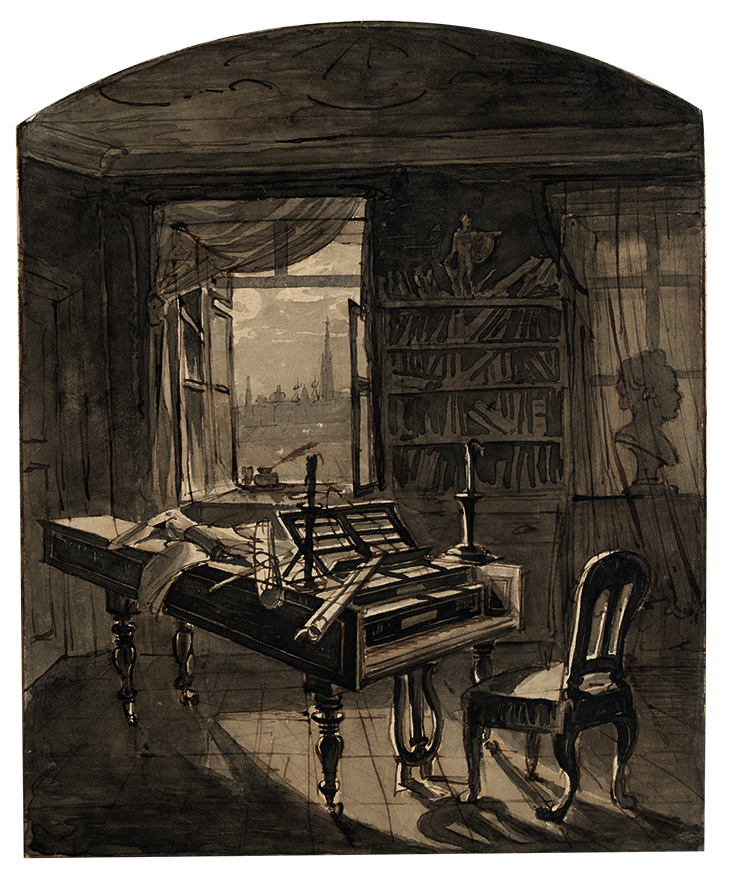
Beethoven’s Study (1827), Johann Nepomuk Hechle. Photo: © Wien Museum
Breitner vs Israels: Friends and Rivals
Kunstmuseum den Haag
Until 10 May
The careers of two great Dutch painters of the late 19th century almost offer a mirror image: both Isaac Israels and George Hendrik Breitner emerged from the Hague School in the 1880s, before moving to Amsterdam and finding new subject matter in the life of the urban working classes. This exhibition explores the fierce friendship, and fiercer rivalry, that occupied the two men for much of their lives.
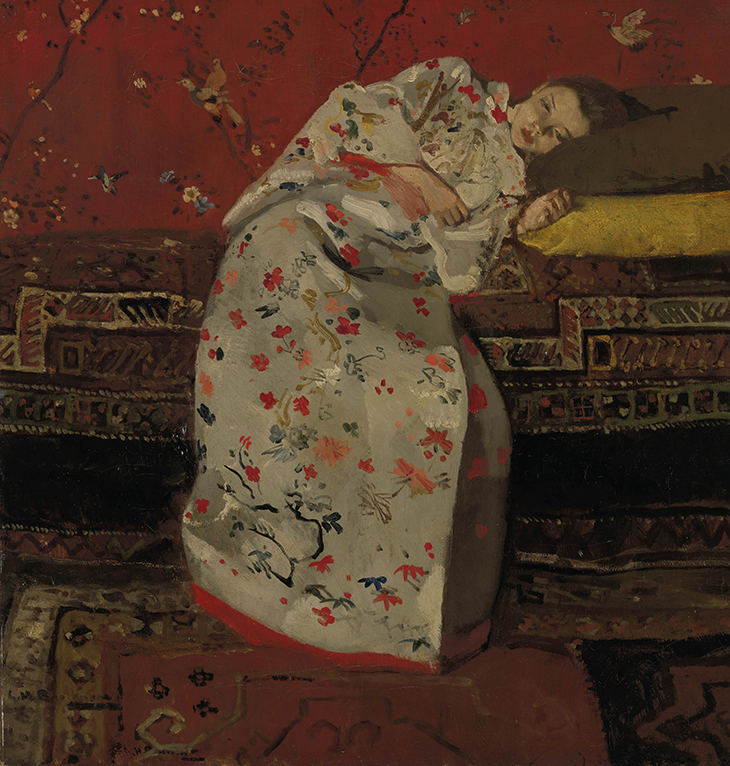
Girl in a red kimono (c. 1893), George Hendrik Breitner. Kunstmuseum Den Haag
Caravaggio–Bernini: Baroque in Rome
Rijksmuseum, Amsterdam
Until 7 June
High drama in Amsterdam comes courtesy of this exhibition dedicated to the two artists who, in painting and sculpture respectively, defined the impassioned realism of art in Rome in the late 16th and early 17th centuries. With around 70 paintings and sculptures in total, the display also explores their influence on contemporaries such as Guido Reni and Artemisia Gentileschi.
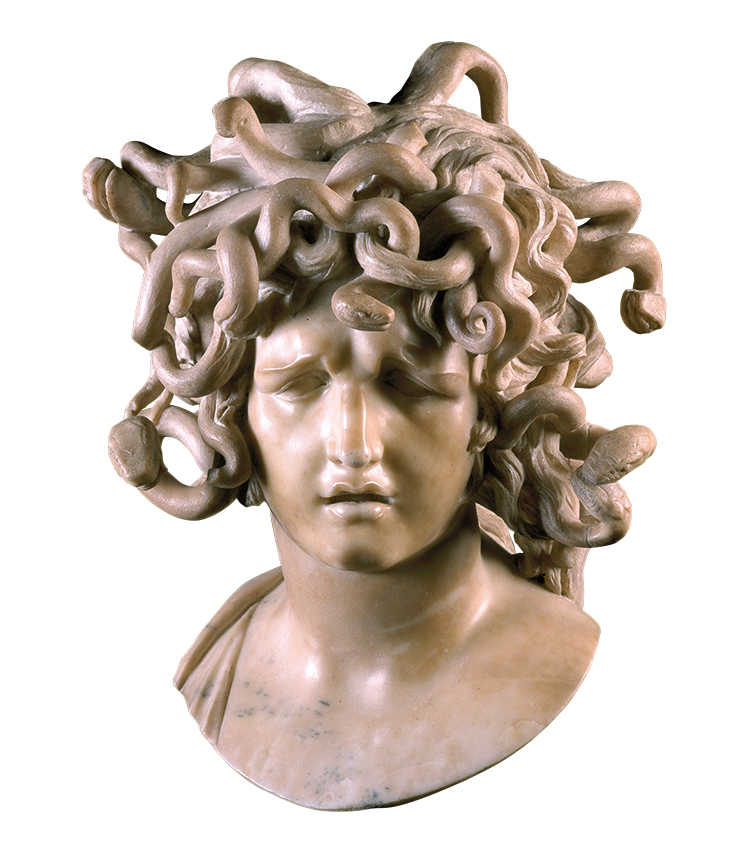
Medusa (1638–40), Gian Lorenzo Bernini. Courtesy Capitoline Museums, Palazzo dei Conservatori, Rome
Candice Breitz: Labour
Kunstmuseum Bonn
Until 3 May
In her new video installation Labour, which lends this show its title, South African-born Breitz brings together themes of childbirth and the market forces that govern employment. Indicative of the approach that has made Breitz one of the most politically engaged contemporary artists at work today, it is on display here alongside earlier installations and photographs spanning the past 25 years.
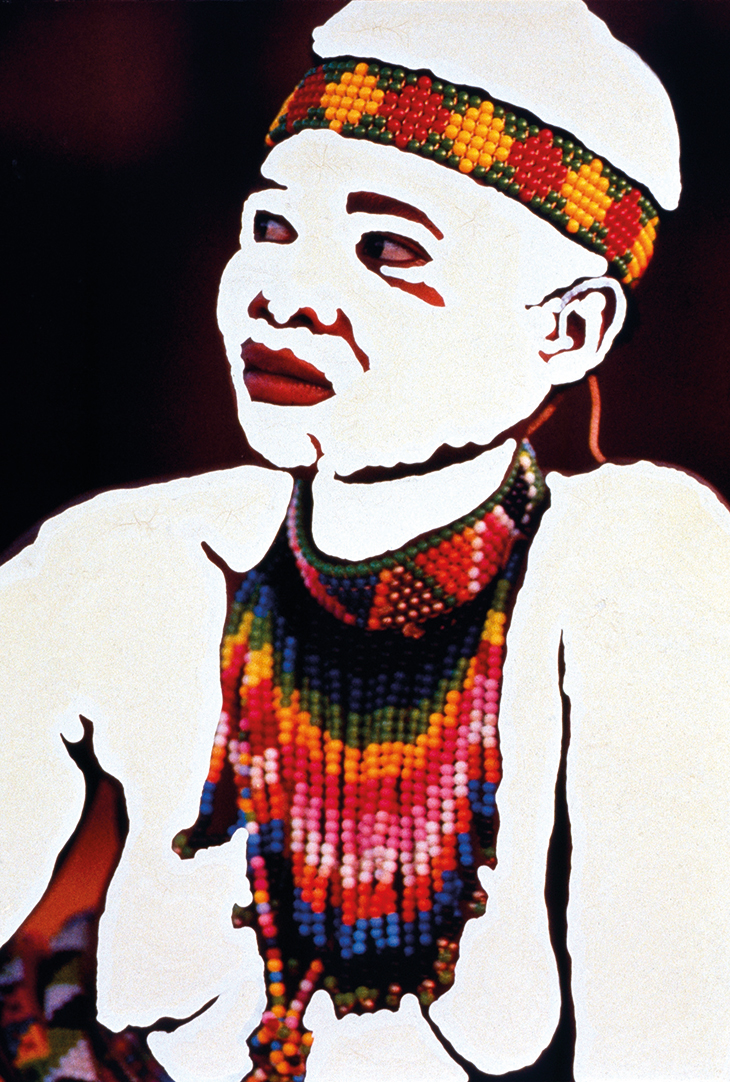
Ghost Series #6 (1994–96), Candice Breitz. Courtesy Kunstmuseum Bonn
The Tears of Eros: Moesman, Surrealism and the Sexes
Centraal Museum, Utrecht
Until 24 May
The painter and polemicist Johannes Moesman – a native of Utrecht – did more than anyone else to bring the Surrealist movement to the Netherlands. This exhibition places him alongside contemporaries such as Dalí, Cahun and Magritte; through works by Sarah Lucas and Gillian Wearing, it also considers the influence of Surrealism today.
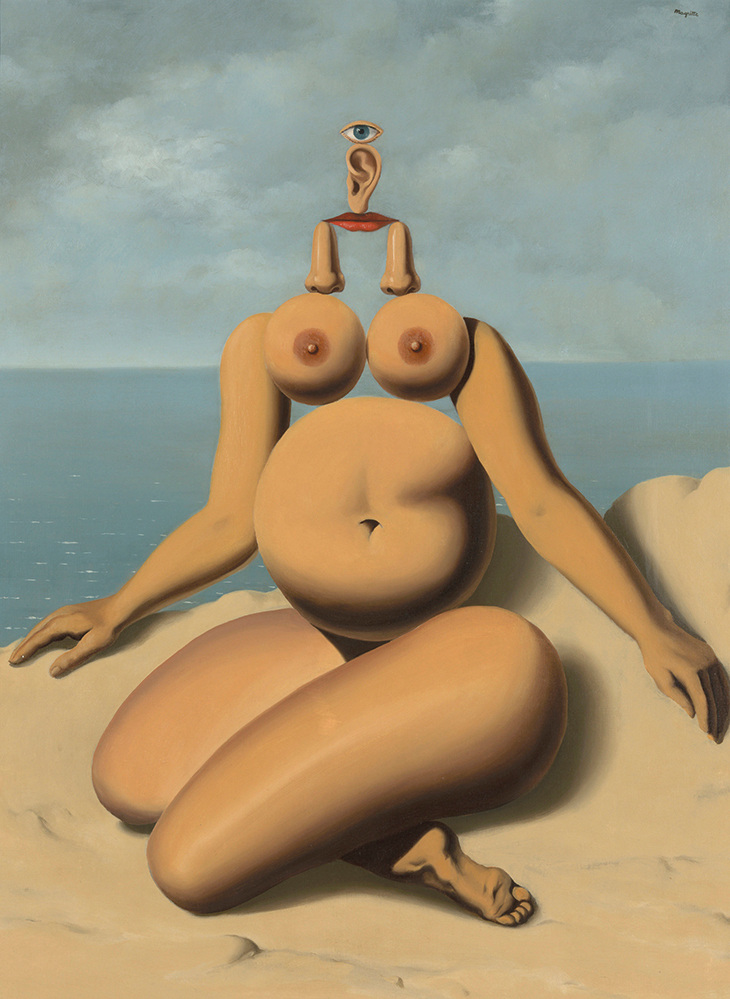
The White Race (1937), René Magritte. © The Art Institute of Chicago, 2020/Art Resource, NY/Scala, Florence
Gods in Color – Golden Edition: Polychromy in Antiquity
Liebieghaus Skulpturensammlung, Frankfurt am Main
Until 30 August
The image of white marble continues to colour our conception of the classical world – though today we know that Greek and Roman sculptures were often vividly painted. This display, a version of which has been touring the world for more than 15 years, presents more than 100 objects, including reconstructions based by recent research.
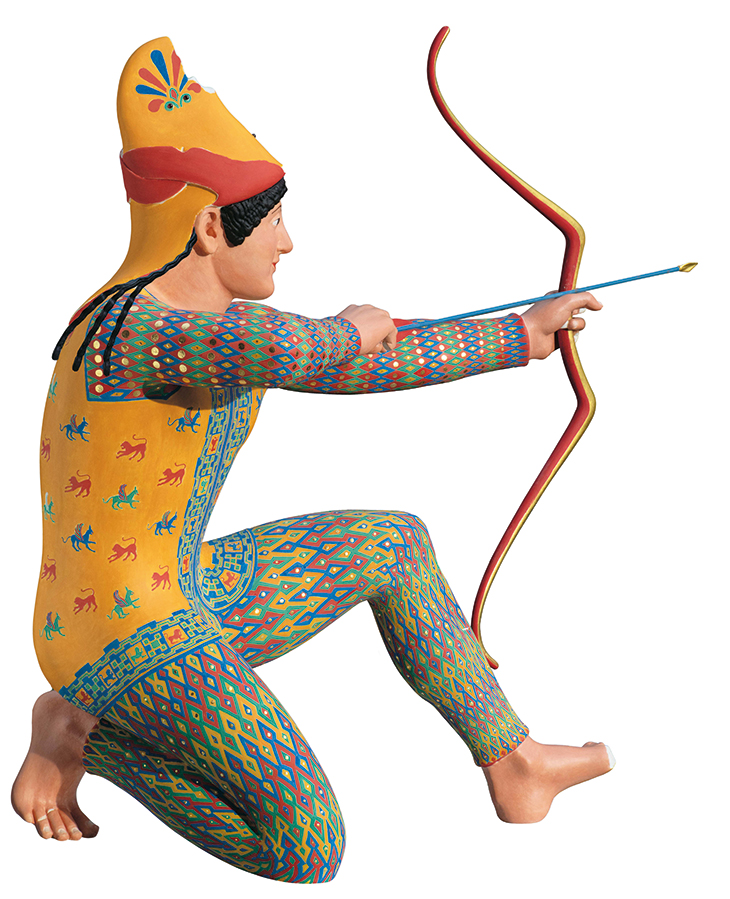
Detail from an experimental colour reconstruction, Variant C, of an archer, the so-called Paris. Photo: Liebieghaus Skulpturensammlung/Norbert Miguletz
Unlimited access from just $16 every 3 months
Subscribe to get unlimited and exclusive access to the top art stories, interviews and exhibition reviews.

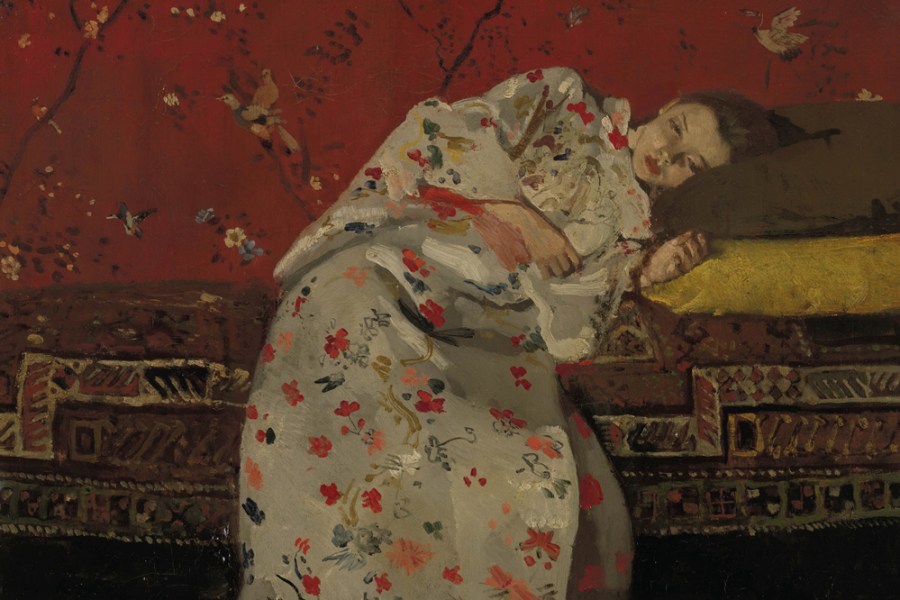
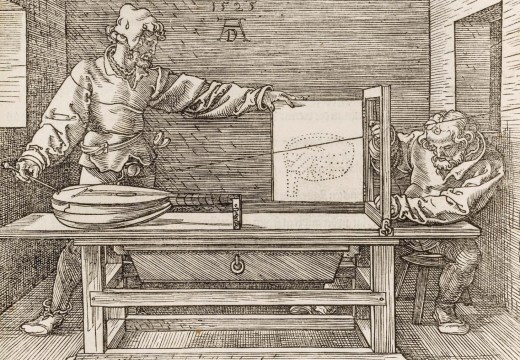
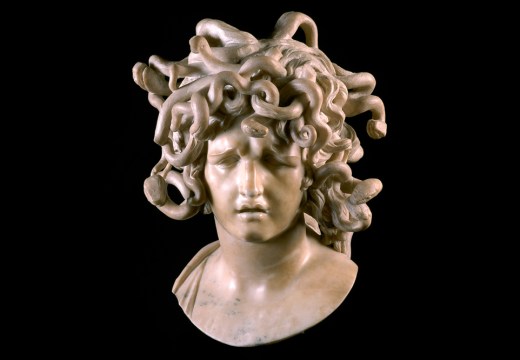
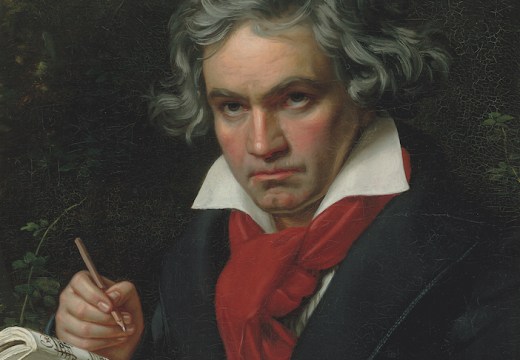









![Masterpiece [Re]discovery 2022. Photo: Ben Fisher Photography, courtesy of Masterpiece London](http://www.apollo-magazine.com/wp-content/uploads/2022/07/MPL2022_4263.jpg)
Has the Fitzwilliam lost the hang of things?